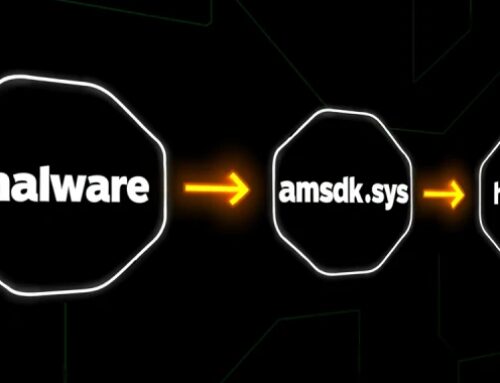In the rapidly evolving landscape of cybersecurity, organizations are increasingly recognizing the significance of a robust security operations (SecOps) strategy. As cyber threats become more sophisticated, traditional methodologies often fall short in detecting and mitigating risks effectively. Enter Artificial Intelligence (AI), a transformative force that is revolutionizing not only the realm of cybersecurity but also the specific discipline of penetration testing. The synergy between AI and SecOps is proving to be a game changer, enhancing the way organizations identify, evaluate, and address vulnerabilities within their systems.
Understanding Penetration Testing
Penetration testing, commonly referred to as pen testing, involves simulating cyber attacks on a system, network, or web application to identify vulnerabilities that could be exploited by malicious actors. Traditionally, pen testing has been heavily reliant on manual processes performed by skilled security professionals. While this human-centric approach can provide deep insights into security weaknesses, it is often time-consuming and may not scale effectively in the face of modern threats.
The Role of AI in SecOps
Artificial Intelligence, particularly machine learning (ML) and behavioral analytics, is reshaping how security operations teams approach their tasks. AI systems can analyze vast amounts of data at incredible speeds, identifying patterns and anomalies that human analysts might miss. When integrated with SecOps practices, AI can automate repetitive tasks, improve incident response times, and provide deep predictive insights into potential security breaches.
Enhancing Threat Detection
One of the most significant advantages AI brings to SecOps is enhanced threat detection capabilities. By utilizing advanced algorithms, AI can sift through logs, network traffic, and system events to identify indicators of compromise (IoCs) in real time. These AI-driven tools can automate the sorting of alerts generated by security systems, prioritizing them based on severity and enabling security teams to focus on critical threats.
Automating Vulnerability Management
AI can streamline vulnerability management processes inherent in penetration testing. AI-based platforms can continuously scan systems for known vulnerabilities, using databases such as the Common Vulnerabilities and Exposures (CVE) list. Furthermore, using machine learning, these platforms can predict which vulnerabilities are likely to be exploited based on historical data, contextual relevance, and exposure metrics.
Augmenting Human Skillsets
While AI dramatically bolsters SecOps capabilities, it is not intended to replace human experts. On the contrary, AI serves as an augmentation tool, enabling security professionals to focus their expertise where it is most needed. By automating data analysis and preliminary evaluations, security analysts can dedicate their time to interpreting complex data, devising security strategies, and executing sophisticated pen tests that require human intuition and creativity.
The Evolution of Penetration Testing
With the integration of AI into SecOps, penetration testing is evolving in several notable ways:
1. Increased Efficiency
AI algorithms can execute a range of penetration testing tasks much faster than human testers. This leads to quicker assessments and reduced downtime for organizations, allowing resources to be allocated more effectively.
2. Continuous Testing
The traditional model of pen testing is often periodic, leaving windows of vulnerability as cyber threats emerge. AI-driven automated testing can enable continuous assessments, fostering a proactive security posture rather than a reactive one. This ongoing vigilance allows organizations to stay ahead of attackers.
3. Customized Testing Scenarios
AI can help tailor penetration testing scenarios based on specific organizational contexts and threat landscapes. By analyzing historical attack patterns and identifying unique organizational weaknesses, AI can dynamically adjust testing parameters to simulate real-world threats more accurately.
4. Intelligent Reporting
An AI-enhanced pen testing platform can generate intelligent reports with actionable insights. By highlighting the critical risks and providing remediation suggestions, these platforms enable decision-makers to prioritize security measures effectively.
Challenges and Considerations
Despite its multitude of benefits, the AI-SecOps synergy in penetration testing is not without challenges. Concerns over data privacy, the potential for false positives, and the need for ethical considerations in automated testing cannot be overlooked. Organizations must ensure that their AI systems adhere to industry standards and regulatory guidelines while fostering a culture of security awareness among all stakeholders.
Conclusion
The collaboration between AI and SecOps symbolizes a profound transformation in penetration testing. By leveraging the speed and analytical prowess of AI, organizations can enhance their security posture, proactively manage risks, and empower their security teams to focus on what truly matters: defending against an ever-evolving landscape of cyber threats. As technology continues to advance, the synergy of AI and SecOps promises to be a pivotal factor in fortifying the defenses of organizations worldwide against adversaries lurking in the digital shadows.




Deixe o seu comentário